The Grammar Stage of Learning
One of the end goals of a classical Christian education is to communicate persuasively and effectively defend beliefs and opinions with supporting evidence from a biblical worldview. To achieve this goal we start in Kinder-Prep with teaching letter recognition and primary sounds. These are mastered in Kindergarten as consonant blends and other phonograms are introduced, along with providing students with a lot of practice writing letters, words, and eventually sentences.
As a student progresses through the lower elementary years (grades 1-3), the 70 most common phonograms in the English language are mastered and less common ones are introduced, along with 29 spelling rules. Students memorize and practice using phonograms and spelling rules to correctly read and spell new words. At the same time, they are memorizing, using joyful chants and songs, the definitions of the eight parts of speech, five parts of a sentence, four types of verbs, lists of 53 prepositions and 23 helping verbs, different categories and lists of pronouns, capitalization and punctuation rules, 4 types of sentences, 7 sentence patterns, and so much more. Students also analyze how the grammar of words and sentences are put together and get plenty of practice writing their own sentences and, eventually, paragraphs.
Next, they begin learning about topic sentences and the “sandwich” style of paragraph writing, using supporting examples and evidence to explain their topic and support their opinion. Second and third grade students practice writing three paragraph essays. They are taught how to write a letter, as well as narrative, informative, and opinion writing. There are people who apply to work here who don’t know how to format a letter, but our elementary students practice it!
Upper elementary students (grades 4-6) continue reviewing and hopefully mastering the grammar of spelling and English grammar, while learning how to read a source text and capture the main ideas. These young students are able to summarize what they have learned about a topic, which is the beginning of higher learning itself. Then they “dress up” their writing with different writing conventions, and then edit their writing independently by using a checklist. They also learn more literary devices, such as metaphors, similes, hyperbole, idioms, alliteration, imagery, onomatopoeia, allegory, and personification, and practice incorporating them into their writing to make it more effective and interesting to read.
By the time TRA students move on from elementary to secondary (grades 7-8), they hopefully have mastered the tools required to be excellent spellers (phonograms and spelling rules), and have mastered the definitions, parts, structures, and rules of English grammar. They will understand the mechanics of writing paragraphs and how to edit their own writing. They will have the tools required to organize their thoughts and communicate clearly. Learning the “grammar” of writing prepares them well for the next stage of learning, the logic or dialectic stage, where they use quotations and rules of argument and logic to support their beliefs and opinions with evidence from the literature and texts they read, as well as the Bible. Come back next week to hear more about how persuasive writing is taught and practiced in the logic stage of learning (grades 7-9)!
-Lisa Hysom, Interim Head of School


